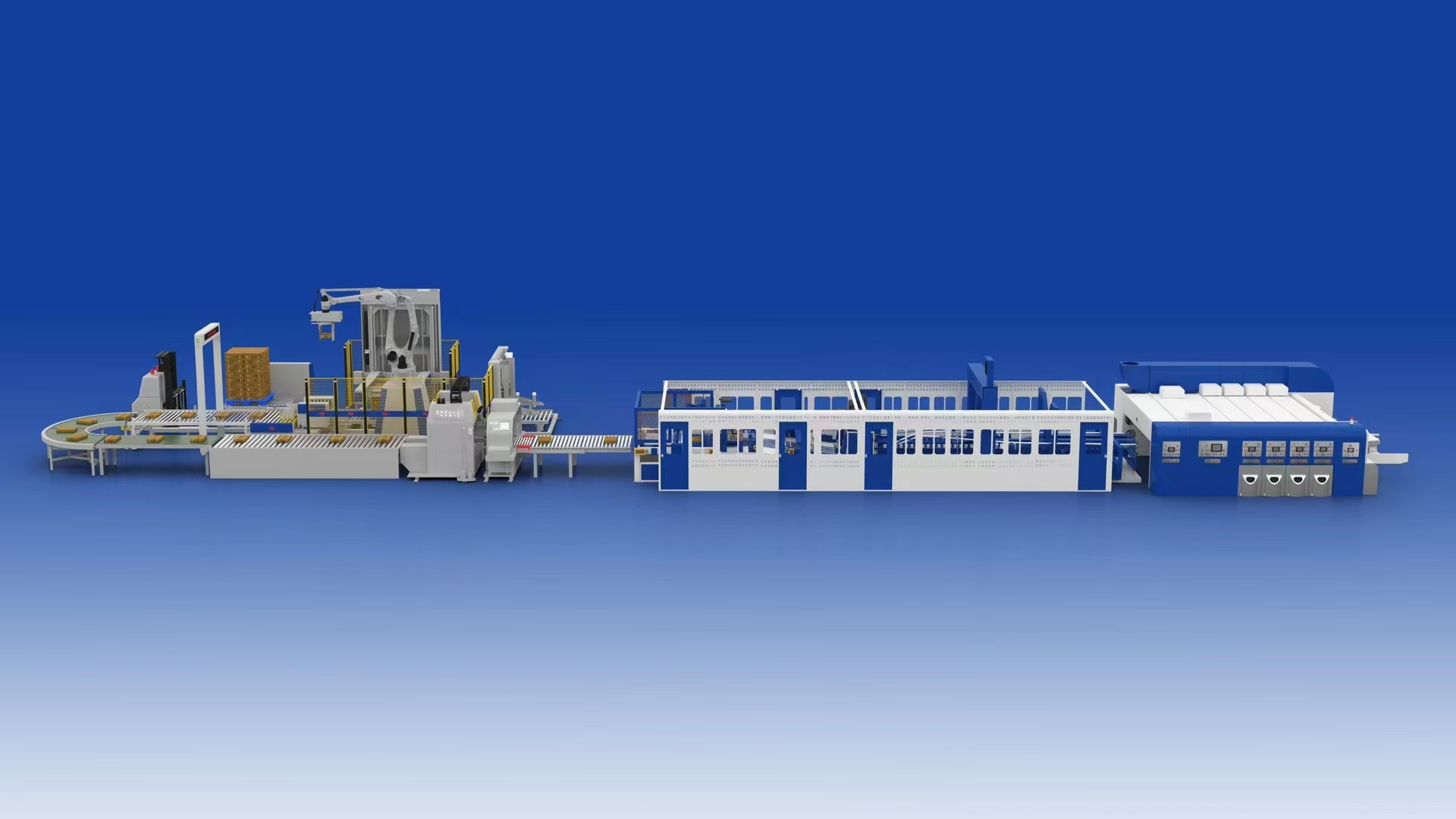Smart Factories in Corrugated: Beyond Automation, Towards Predictive Power

What Defines a Smart Corrugated Factory?
At its core, a smart factory leverages interconnected technologies to gain real-time visibility and control over the entire production process. Key pillars include:
- Industrial Internet of Things (IIoT): Sensors embedded in every machine—from the corrugator itself to die-cutters, printers, and converting lines—collect vast amounts of data on temperature, pressure, speed, vibration, and material consumption.
- Advanced Analytics & AI: This raw data is then processed and analyzed by AI and machine learning algorithms. These systems can identify patterns, predict potential equipment failures (predictive maintenance), optimize production schedules, and even suggest adjustments to improve board quality or reduce waste.
- Automation & Robotics: While already present, automation becomes smarter. Collaborative robots (cobots) can assist with repetitive tasks, automated guided vehicles (AGVs) streamline material handling, and intelligent control systems manage complex processes with minimal human intervention.
- Digital Twin Technology: A virtual replica of the physical factory, or even individual machines, allows for real-time monitoring, simulation of operational changes, and testing of new processes without disrupting actual production.
- Cloud Computing & Edge Computing: Enabling the secure storage, processing, and rapid analysis of data, whether on centralized cloud servers or closer to the data source (edge) for immediate insights.
The Transformative Impact on Corrugated Operations:
- Enhanced Efficiency & Throughput: Real-time data allows for immediate adjustments, minimizing downtime, maximizing machine speed, and optimizing material flow. This means more boxes produced with fewer resources.
- Superior Quality Control: Consistent monitoring and predictive analytics help identify and correct deviations in board quality (e.g., moisture content, warp, crush strength) before they become significant issues, reducing waste and ensuring compliance with specifications like ECT and BCT.
- Predictive Maintenance: Moving from reactive repairs to proactive maintenance schedules drastically reduces unexpected breakdowns, extending equipment lifespan and cutting maintenance costs. Imagine replacing a worn-out bearing before it causes an entire line stoppage.
- Reduced Waste & Sustainability: Optimized processes, precise material handling, and predictive insights lead to less scrap, lower energy consumption, and a smaller environmental footprint. This aligns perfectly with the industry's drive towards sustainable packaging.
- Improved Safety: Automating hazardous tasks and providing real-time alerts for potential risks enhances workplace safety for operators.
- Data-Driven Decision Making: Management can make more informed strategic decisions based on comprehensive performance metrics and predictive insights, rather than relying on historical data or intuition alone.
The shift towards smart factories in corrugated isn't just about technological adoption; it's about fundamentally rethinking operations to unlock new levels of productivity, quality, and sustainability. It's the future of how our boxes get made, and it's happening now.
💬 What's the biggest "smart" upgrade you've seen or implemented in a corrugated plant? What challenges or successes have you encountered on the journey to a more connected factory?
👇 Share your insights on industrial transformation below!
#SmartFactory #CorrugatedPackaging #Industry40 #DigitalTransformation #PredictiveMaintenance #IIoT #PackagingMachinery #OperationalExcellence #LeanManufacturing #SustainablePackaging

